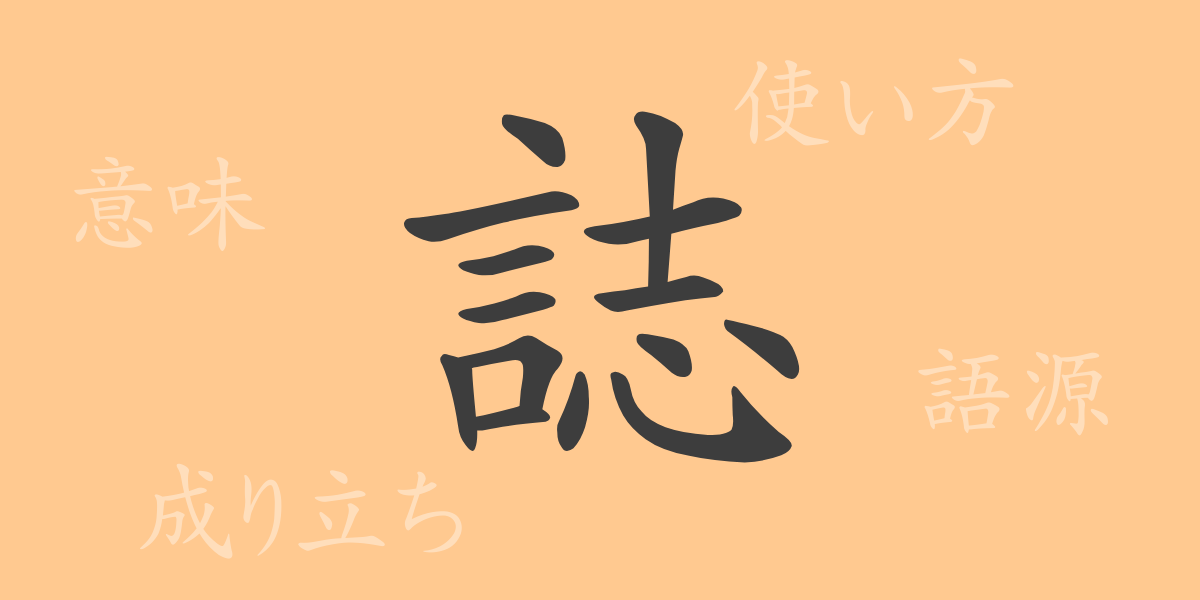Words weave culture and chronicle history. The common kanji “誌(し)” in Japanese has deeply rooted itself in our language over many years. This article provides a comprehensive look into the kanji “誌(し),” exploring its origins, meanings, usage, readings, and related idioms. By understanding the meanings embedded in each kanji, we can rediscover the richness of the Japanese language.
Origins of 誌(し) (Etymology)
The kanji “誌(し)” is derived from the classical Chinese character “志(し)” meaning to record or describe. Historically, it was used to document people’s intentions and aspirations, which is the origin of this kanji. Over time, its usage expanded, and today it encompasses written materials such as documents and magazines.
Meaning and Usage of 誌(し)
The kanji “誌(し)” primarily refers to written records or documents. Specifically, it is used in contexts related to publications such as magazines, journals, and annual reports. Additionally, “誌(し)” carries the connotation of conveying information through these written materials, making it an essential element for cultural and knowledge transmission.
Readings, Stroke Count, and Radical of 誌(し)
The kanji “誌(し)” has distinct features in its form and sound.
- Readings: The on’yomi (音読み) reading is “シ(し)”. There is no kun’yomi (訓読み) reading.
- Stroke count: The kanji “誌(し)” consists of 14 strokes.
- Radical: The radical is “言(ことばへん)” (words), grouping it with other kanji related to words and speech.
Idioms, Phrases, and Proverbs Using 誌(し)
The kanji “誌(し)” is part of many idioms and expressions in Japanese, enriching the language with its various uses. Here are some examples:
- 雑誌(ざっし): A periodic publication covering various topics and information (magazine).
- 日誌(にっし): A document recording daily events (daily journal).
- 年誌(ねんし): A record summarizing events and activities over a year (annual report).
- 学誌(がくし): A periodic publication containing academic research and papers (academic journal).
These expressions are frequently used in daily life, academia, and business, aiding in the categorization and transmission of information.
Conclusion on 誌(し)
The kanji “誌(し)” plays a crucial role in documenting and recording information. Understanding its readings, stroke count, and radical helps deepen our knowledge of the history and culture behind kanji. Additionally, idioms and phrases containing “誌(し)” demonstrate the richness of Japanese expression and how information is conveyed through language. As a common kanji in Japanese, “誌(し)” is indispensable in our communication. Explore the world of “誌(し)” further through this article and appreciate its significance in the Japanese language.

























